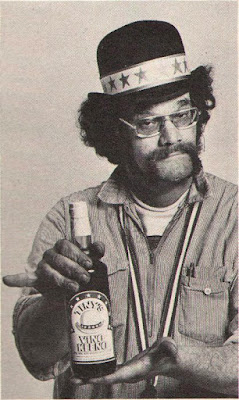Haori: The Inside Story
It can be tough to assign a precise date to antique and vintage haori. One helpful hint: the more elaborate the lining, the older it is. The patterns on the linings of many early 20th-century haori in our collection are almost as exuberant as the patterns on the outside. By the mid- to late-20th century, haori linings had become far more tame. They were still made of silk, and sometimes out of rinzu brocade, but in shades of ivory and pastel rather than the riot of colors and images of a half-century earlier.
One line of thinking is that, under centuries of sumptuary laws that dictated what kind of clothing people could wear - class by class - the lower orders got accustomed to hiding their most elegant textiles where the authorities couldn't see them. That applied to garment linings, as well as undergarments such as juban whose fabric designs can be quite elaborate. Or maybe the pattern-mad Japanese designers of 100 years ago simply couldn't resist covering every square inch of fabric with as much color and imagery as possible.
We hope you enjoy these examples from the Ajimi Ichiba collection.
One line of thinking is that, under centuries of sumptuary laws that dictated what kind of clothing people could wear - class by class - the lower orders got accustomed to hiding their most elegant textiles where the authorities couldn't see them. That applied to garment linings, as well as undergarments such as juban whose fabric designs can be quite elaborate. Or maybe the pattern-mad Japanese designers of 100 years ago simply couldn't resist covering every square inch of fabric with as much color and imagery as possible.
We hope you enjoy these examples from the Ajimi Ichiba collection.










Comments